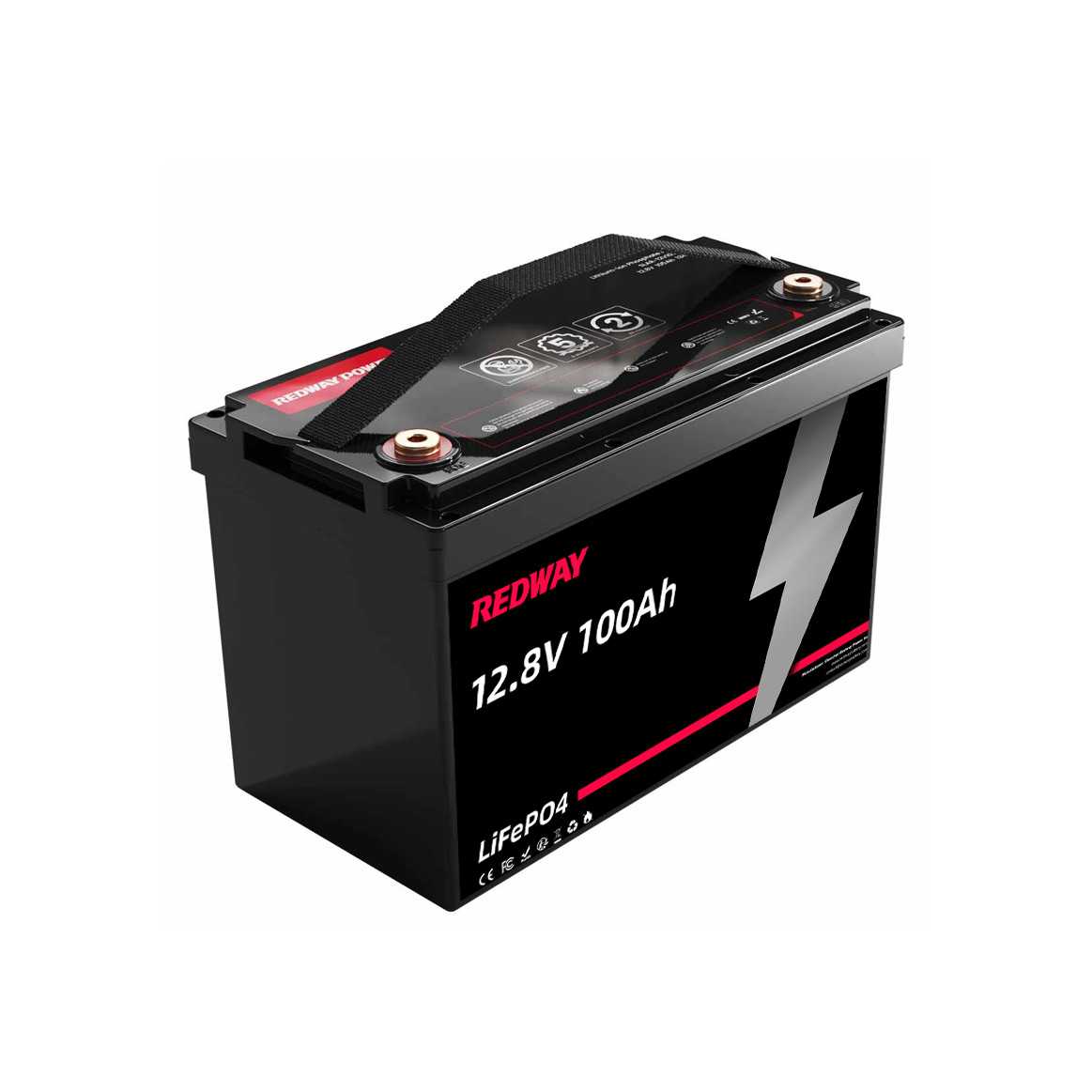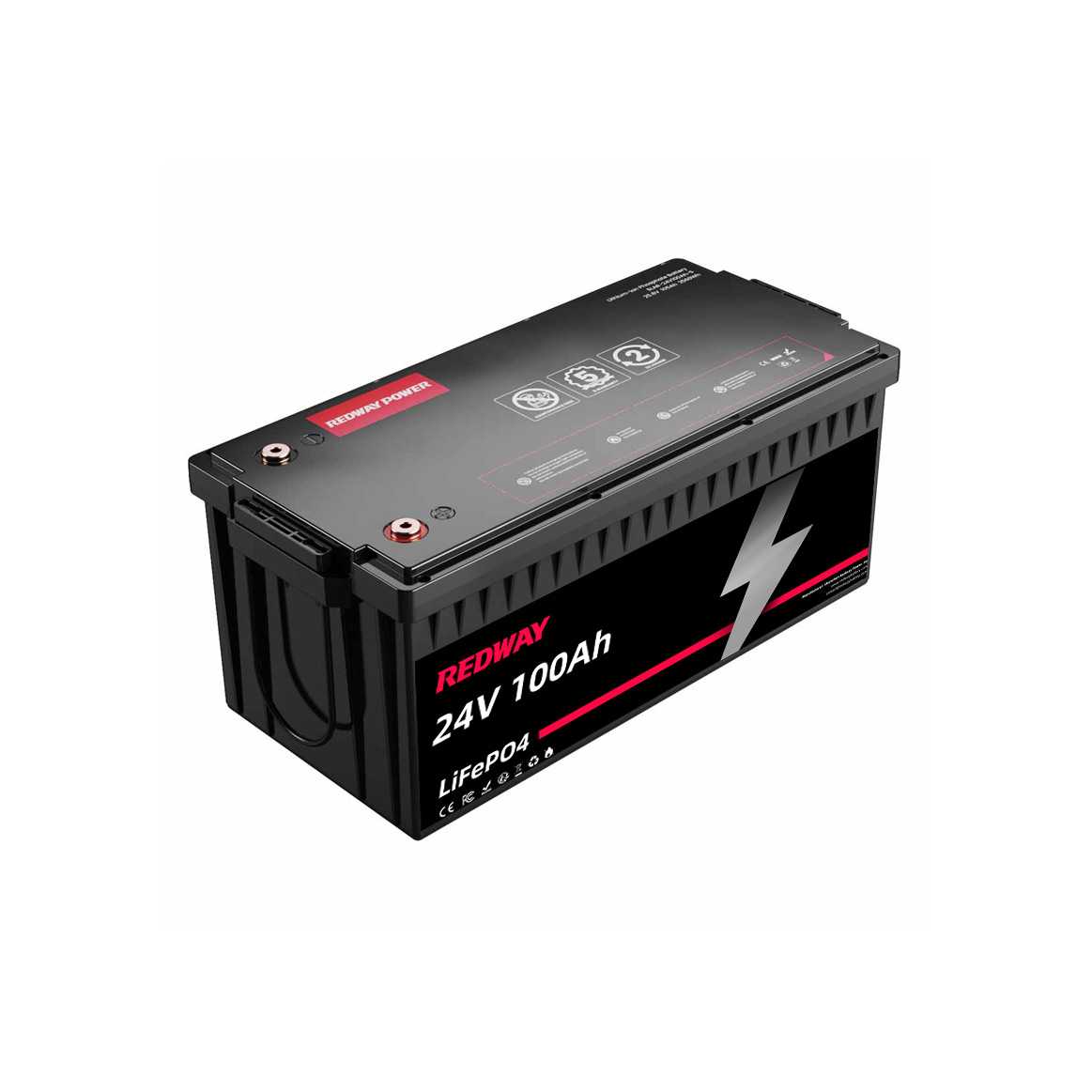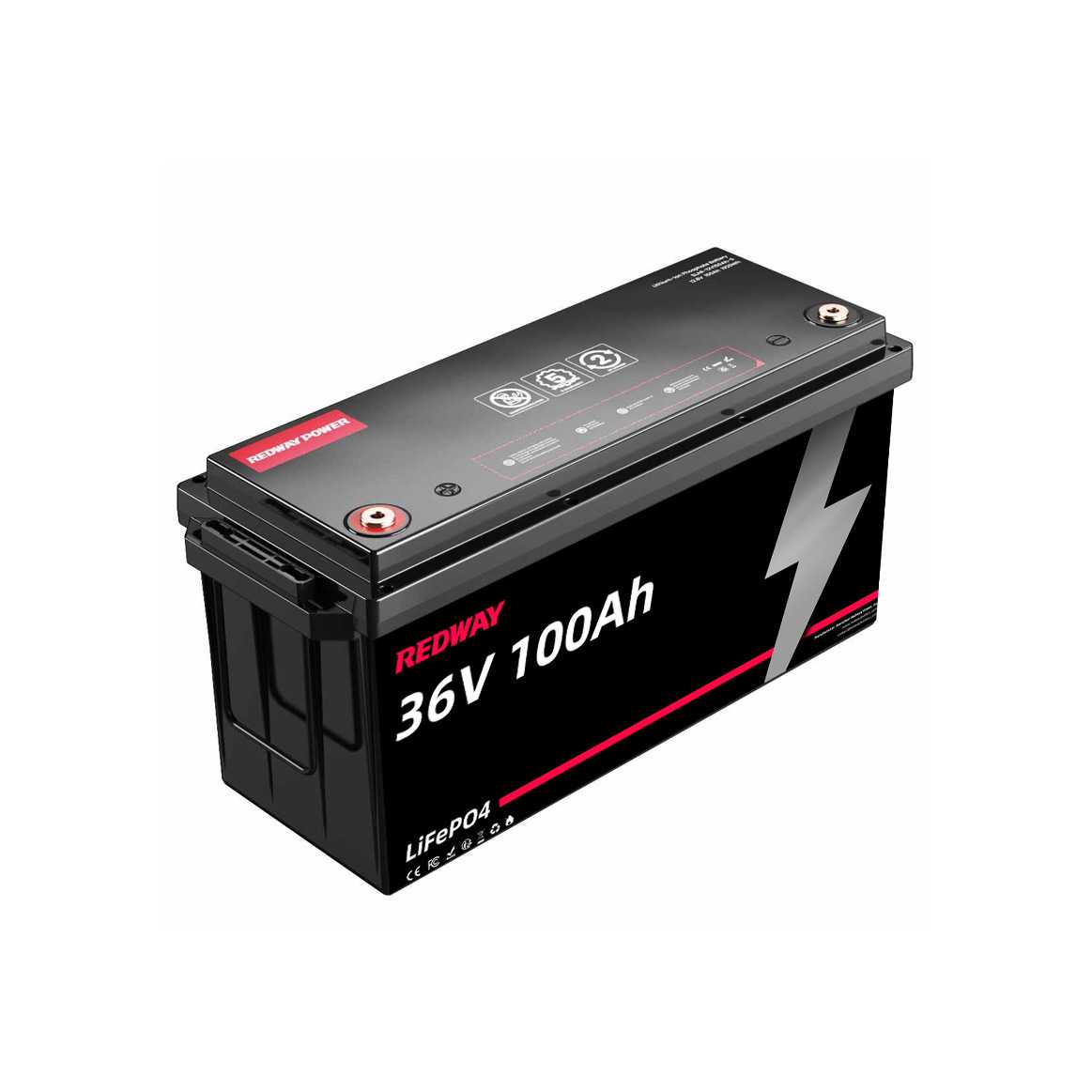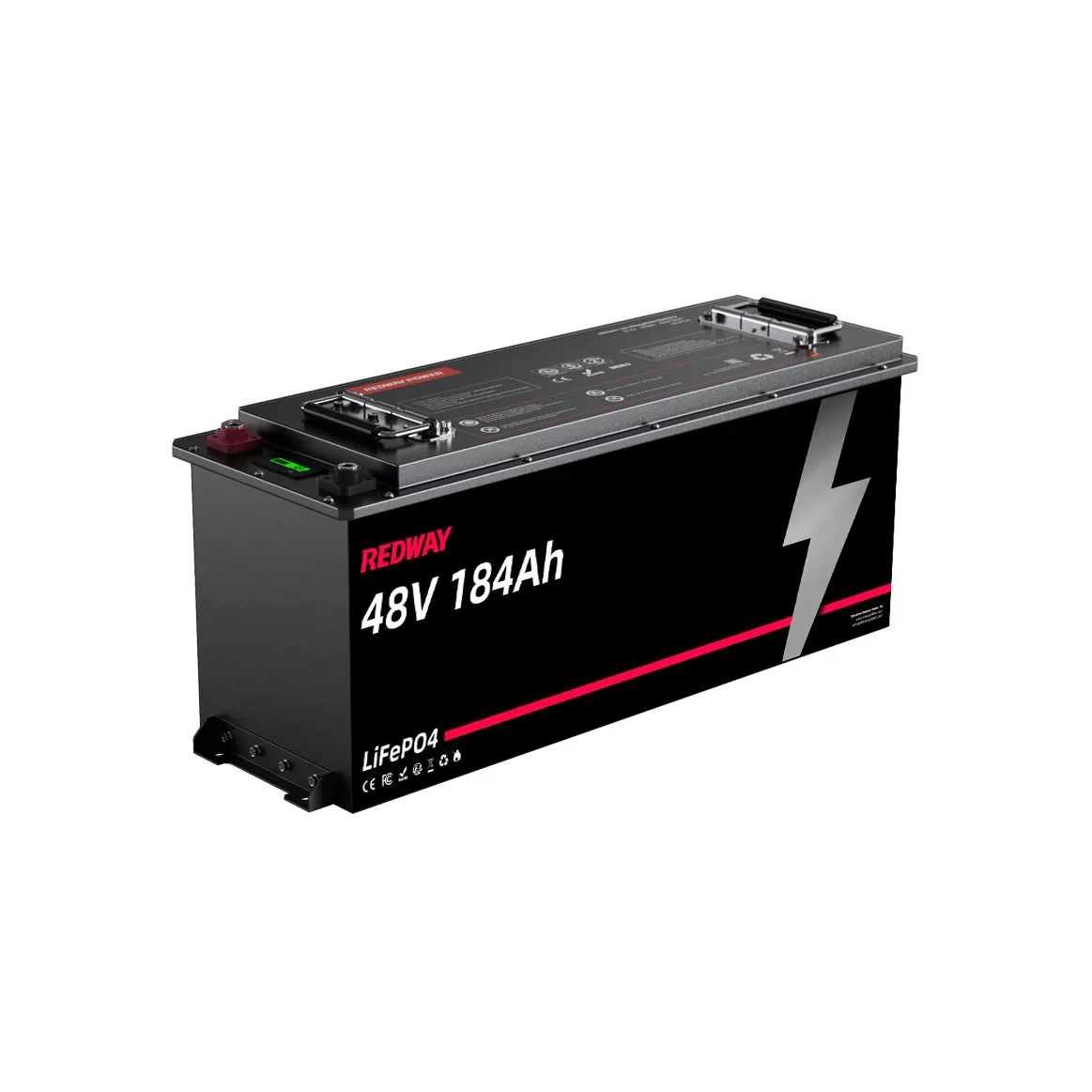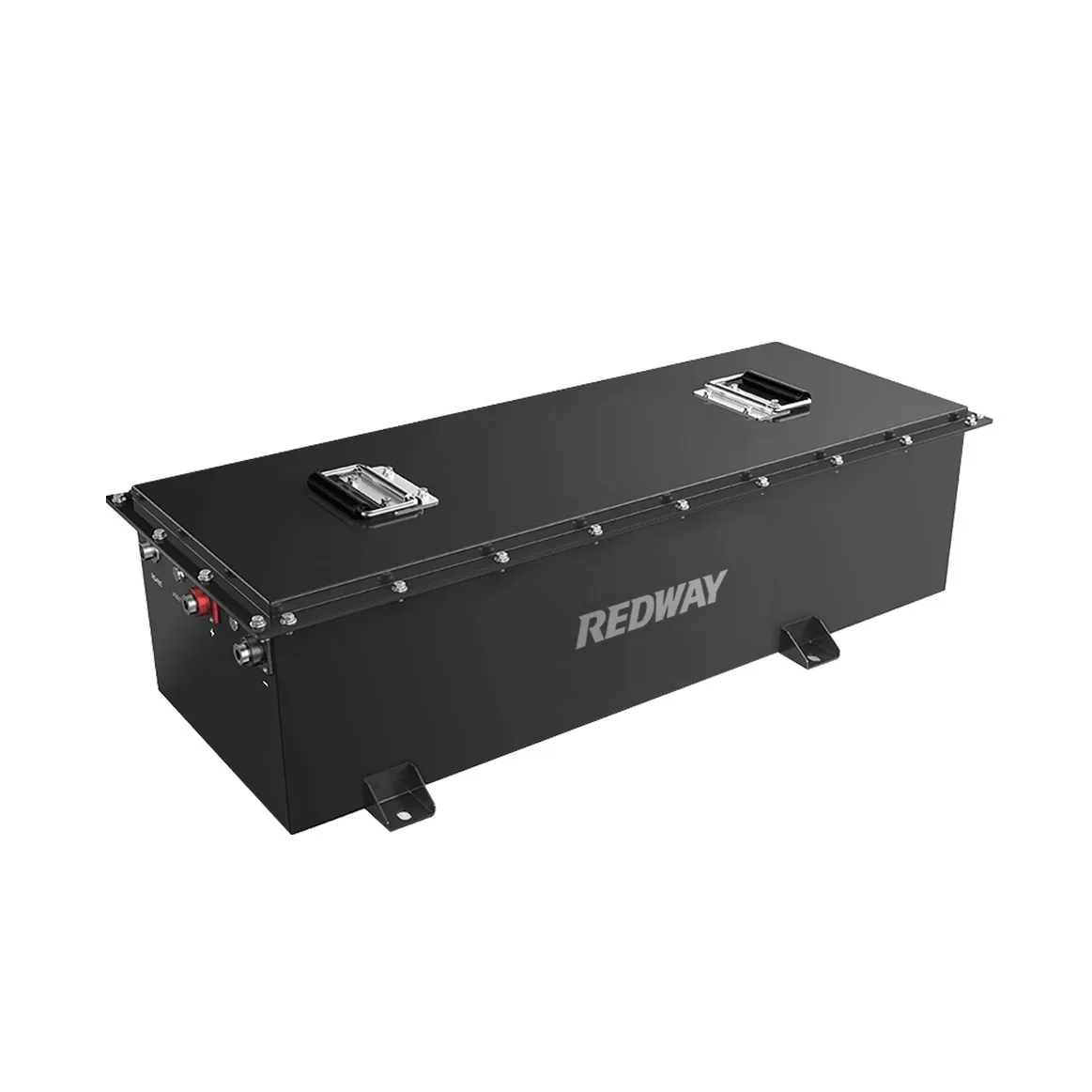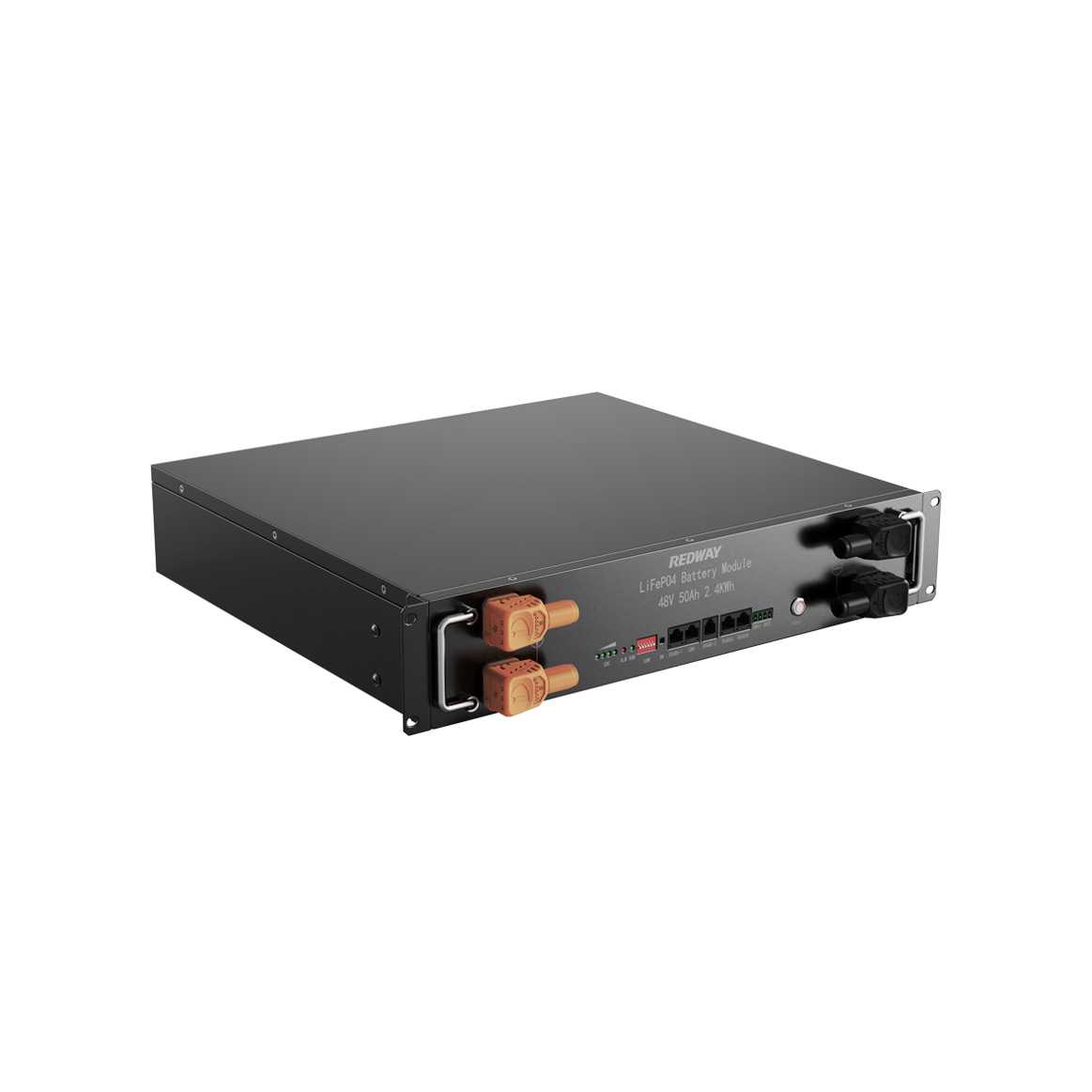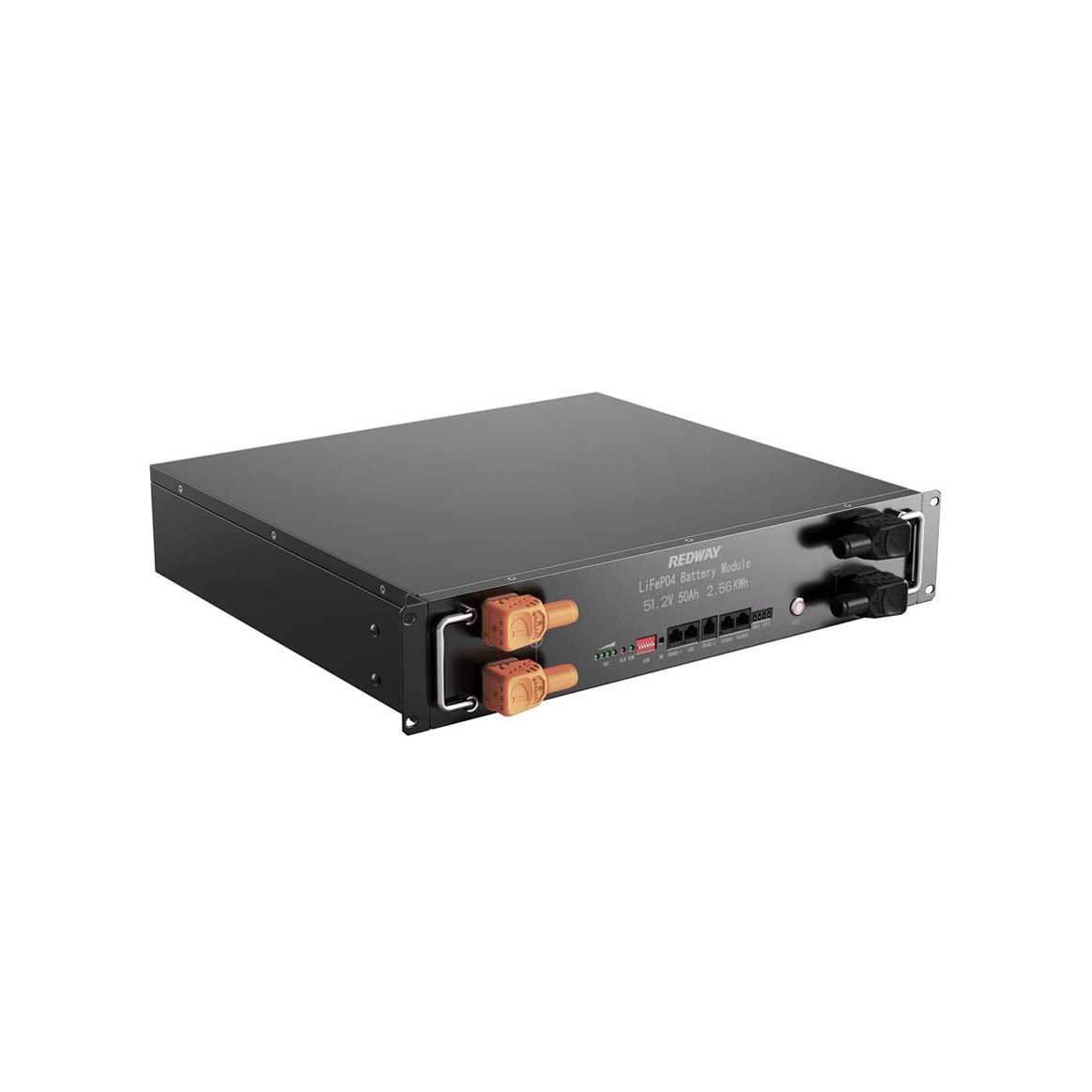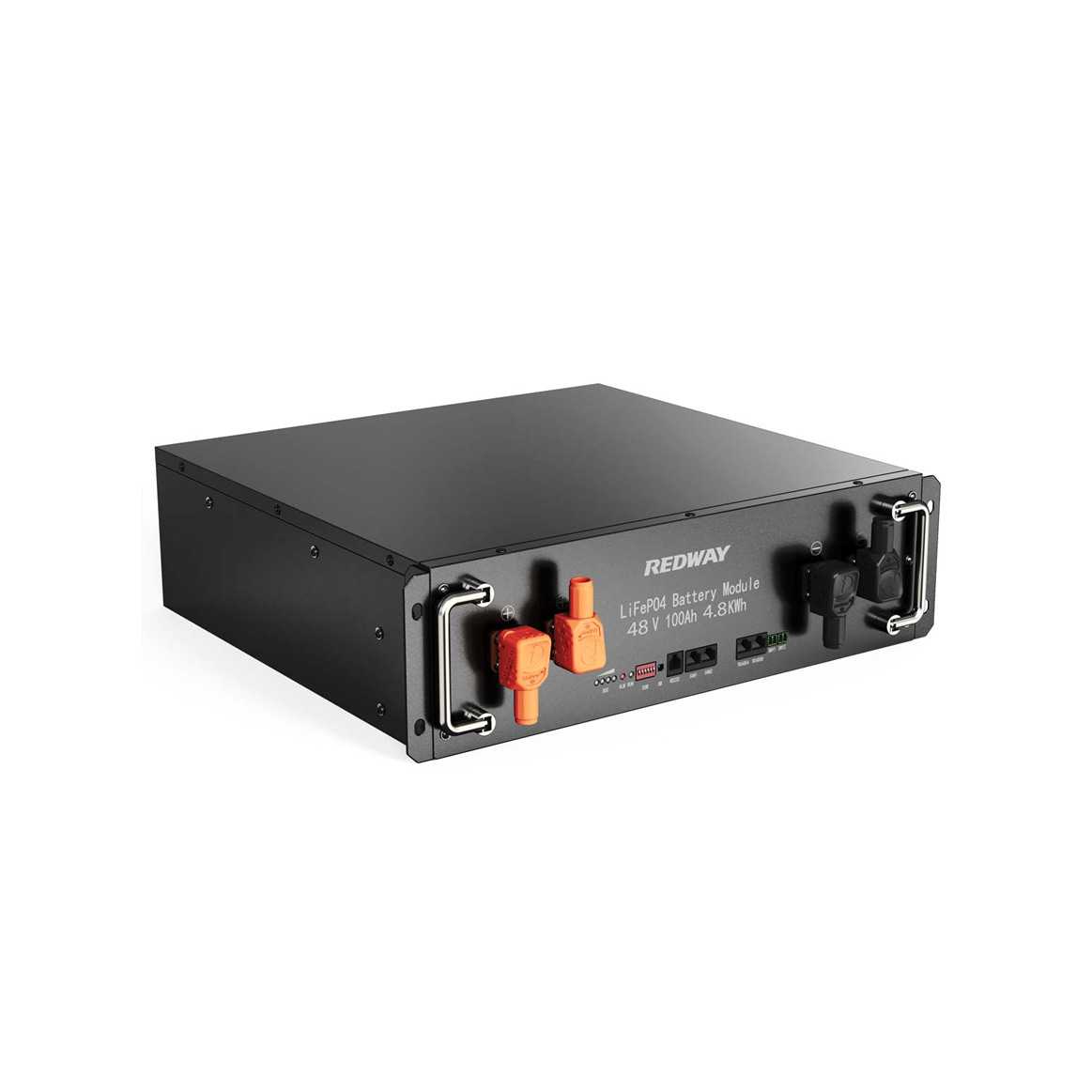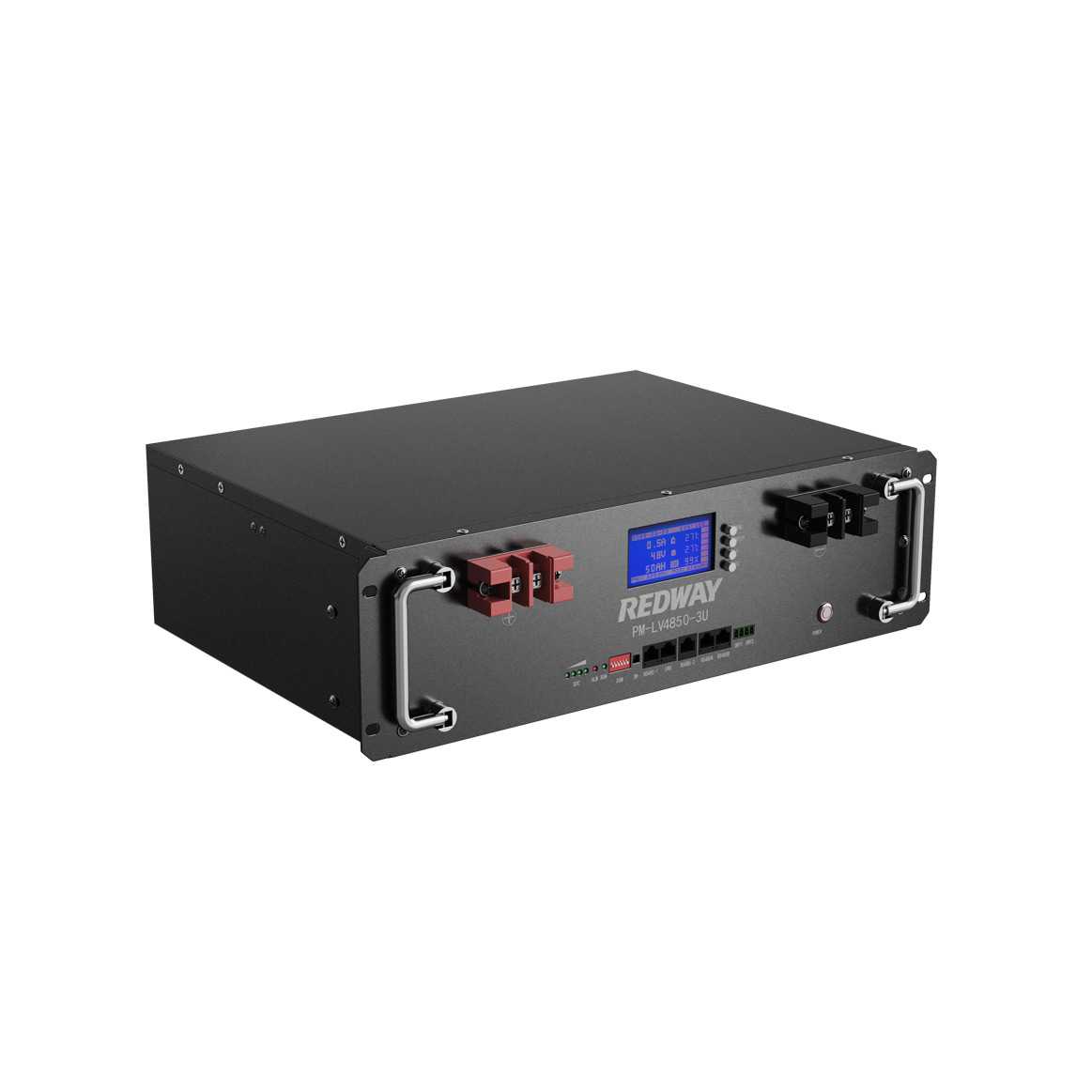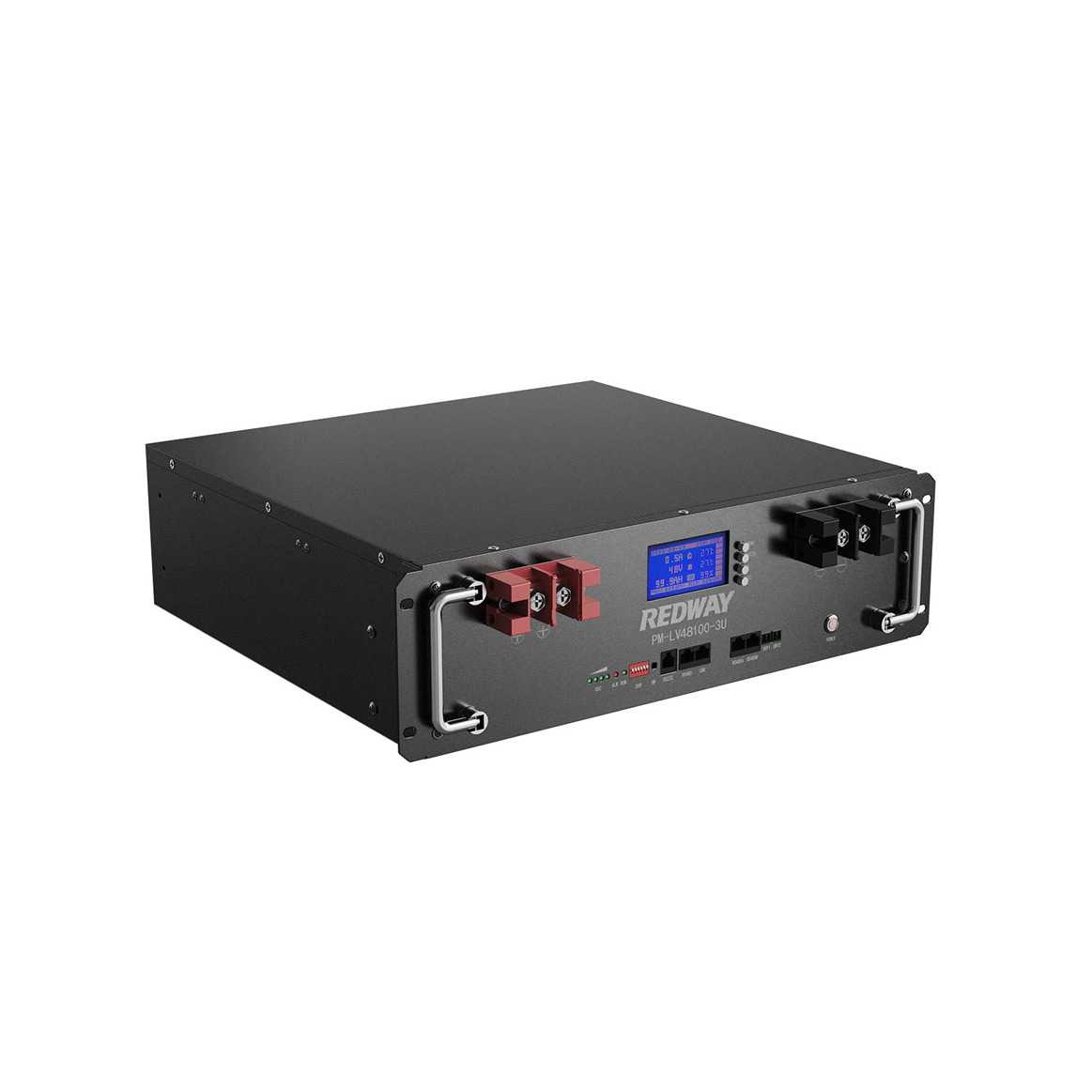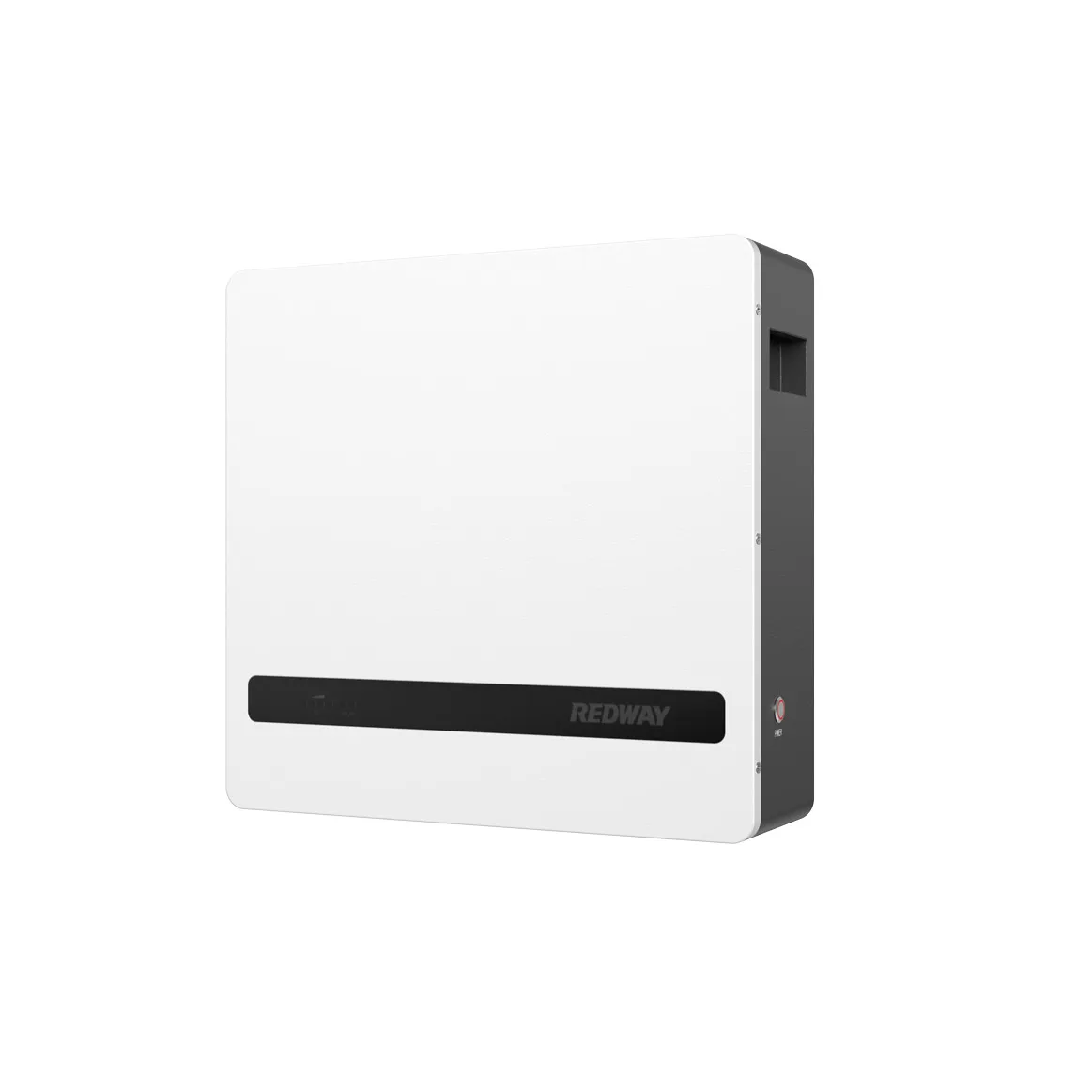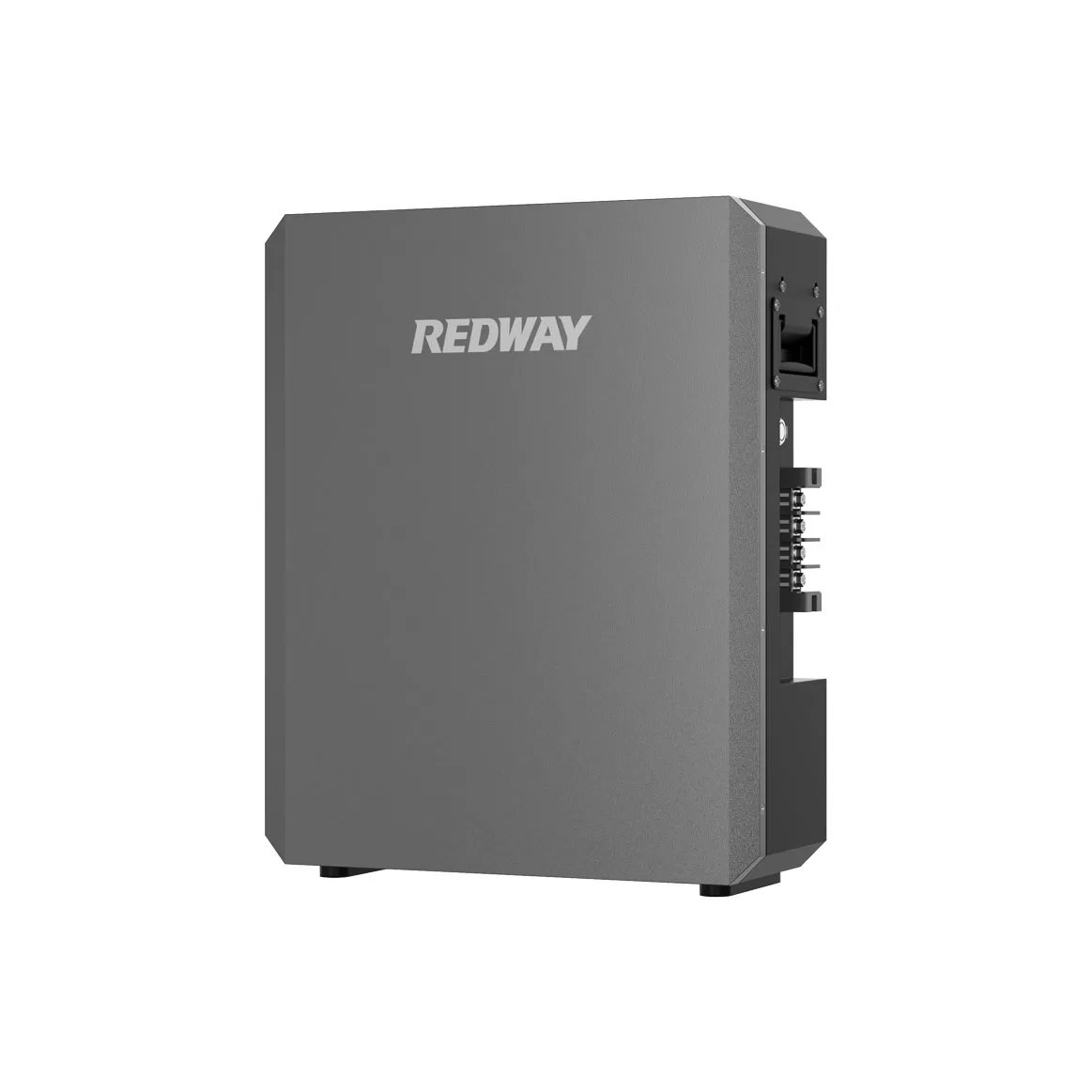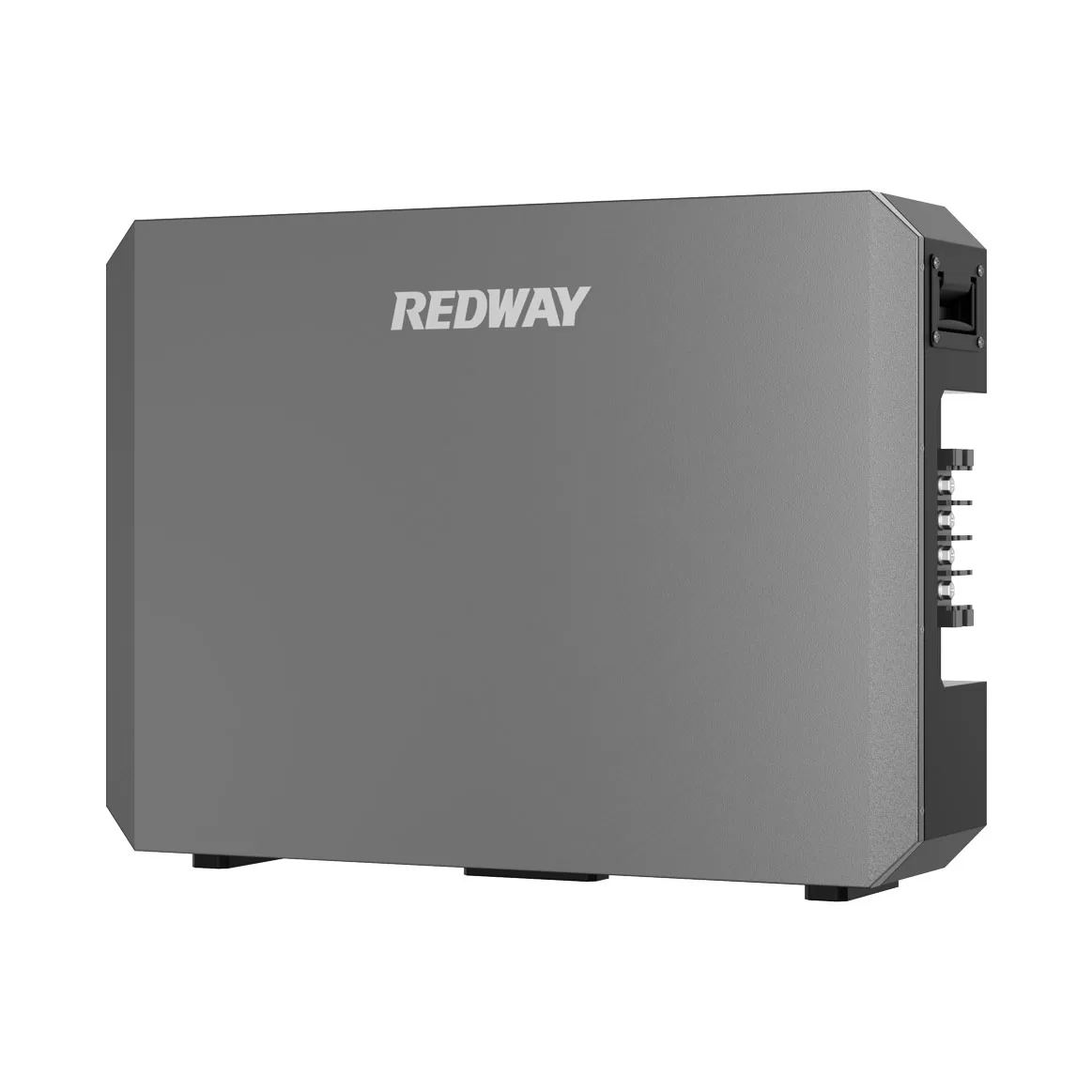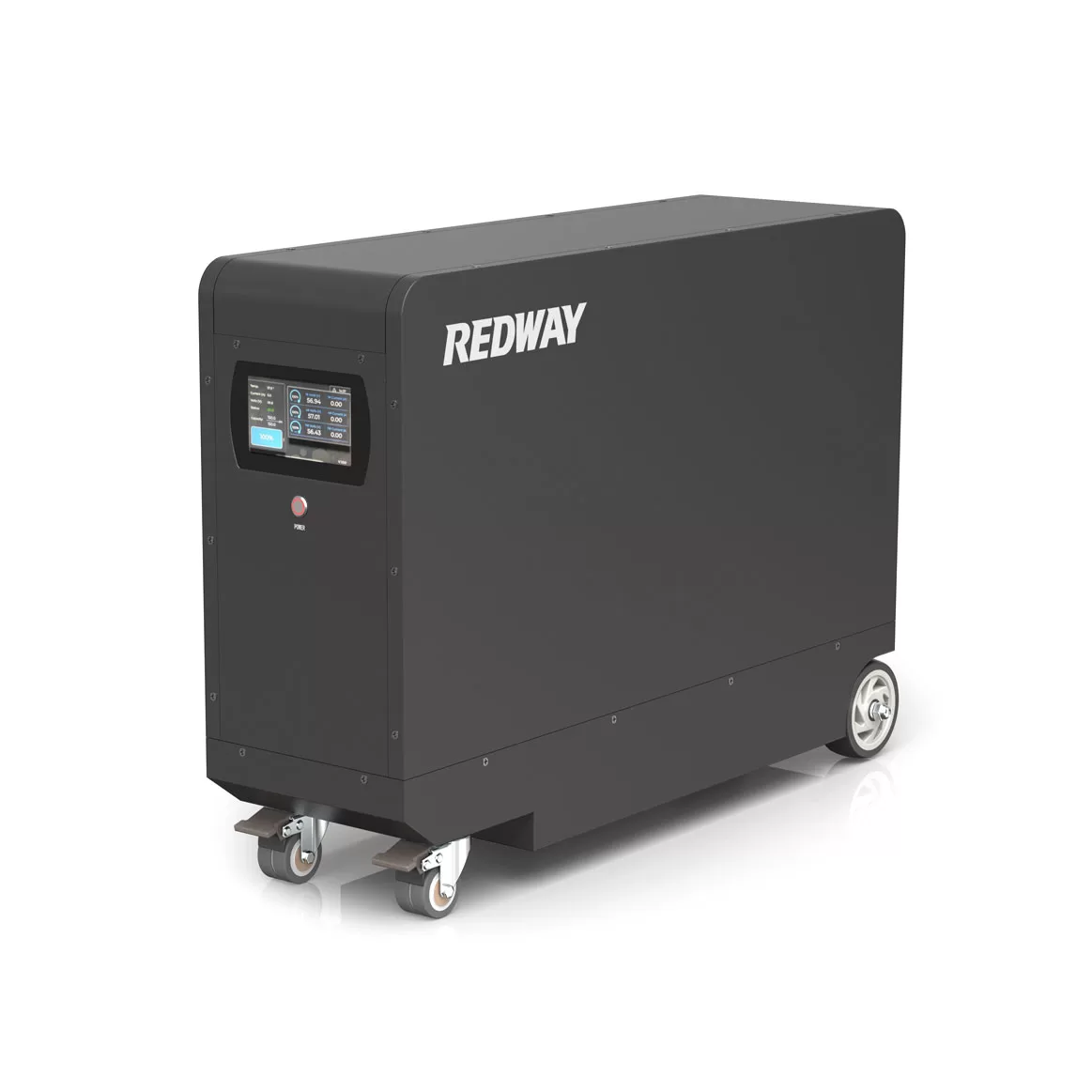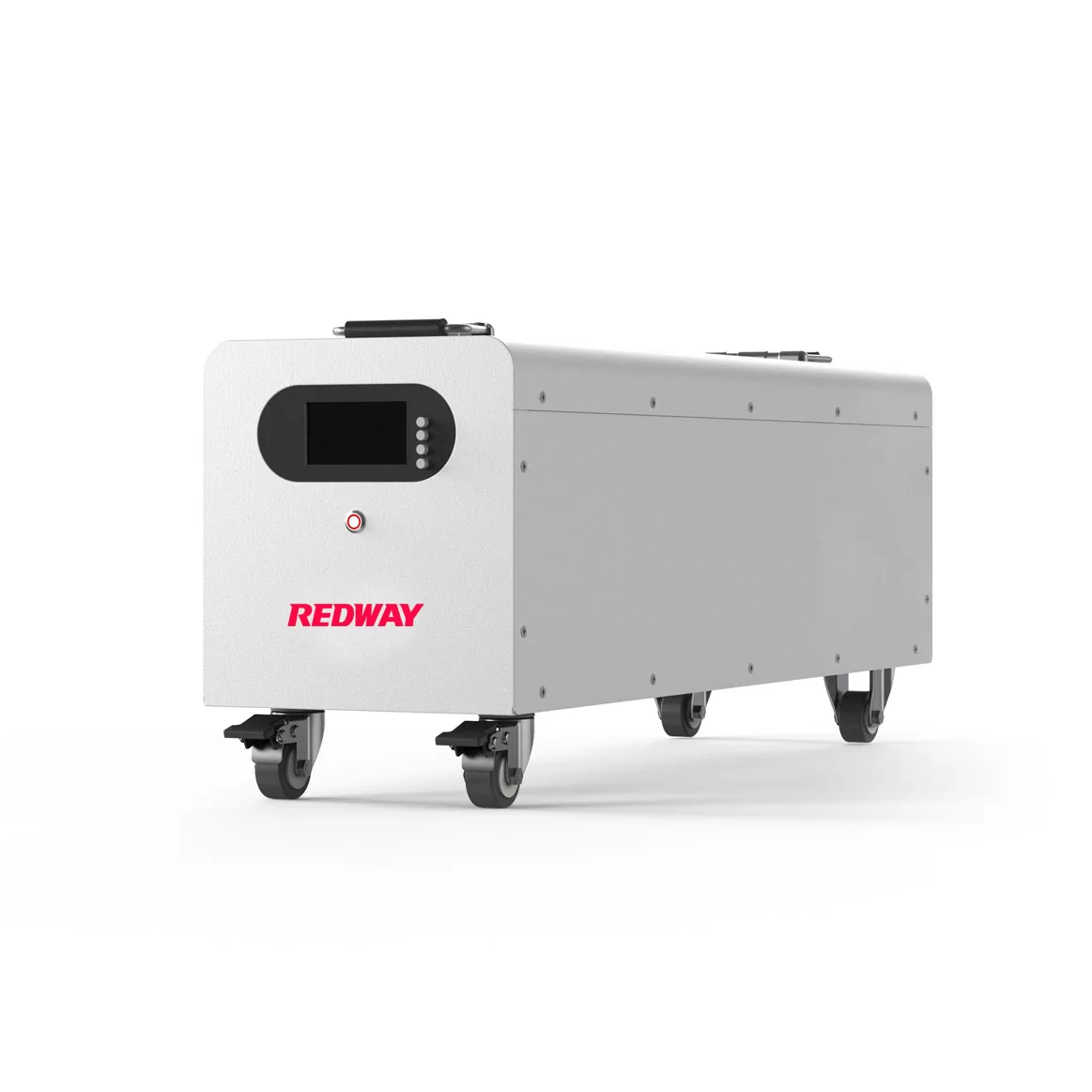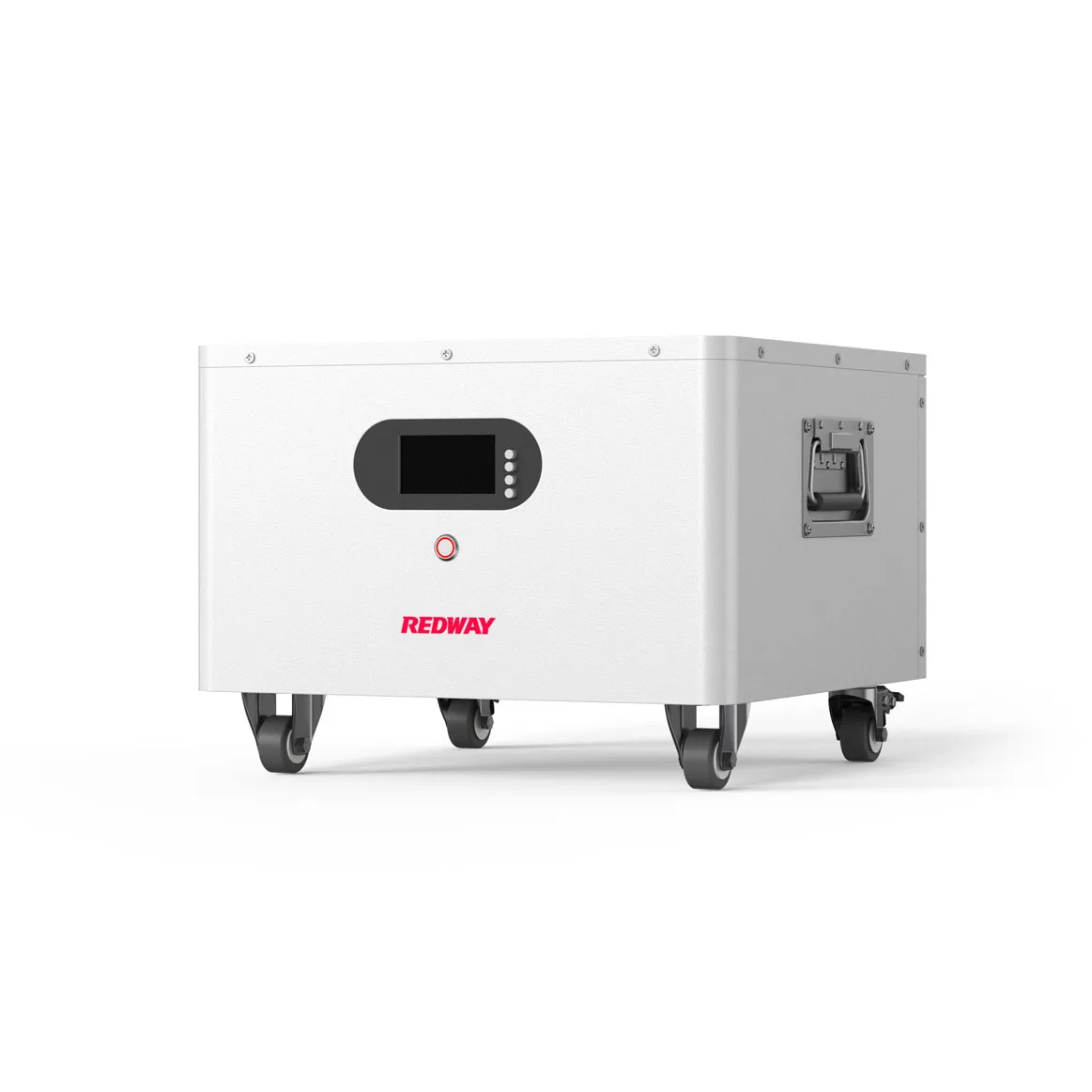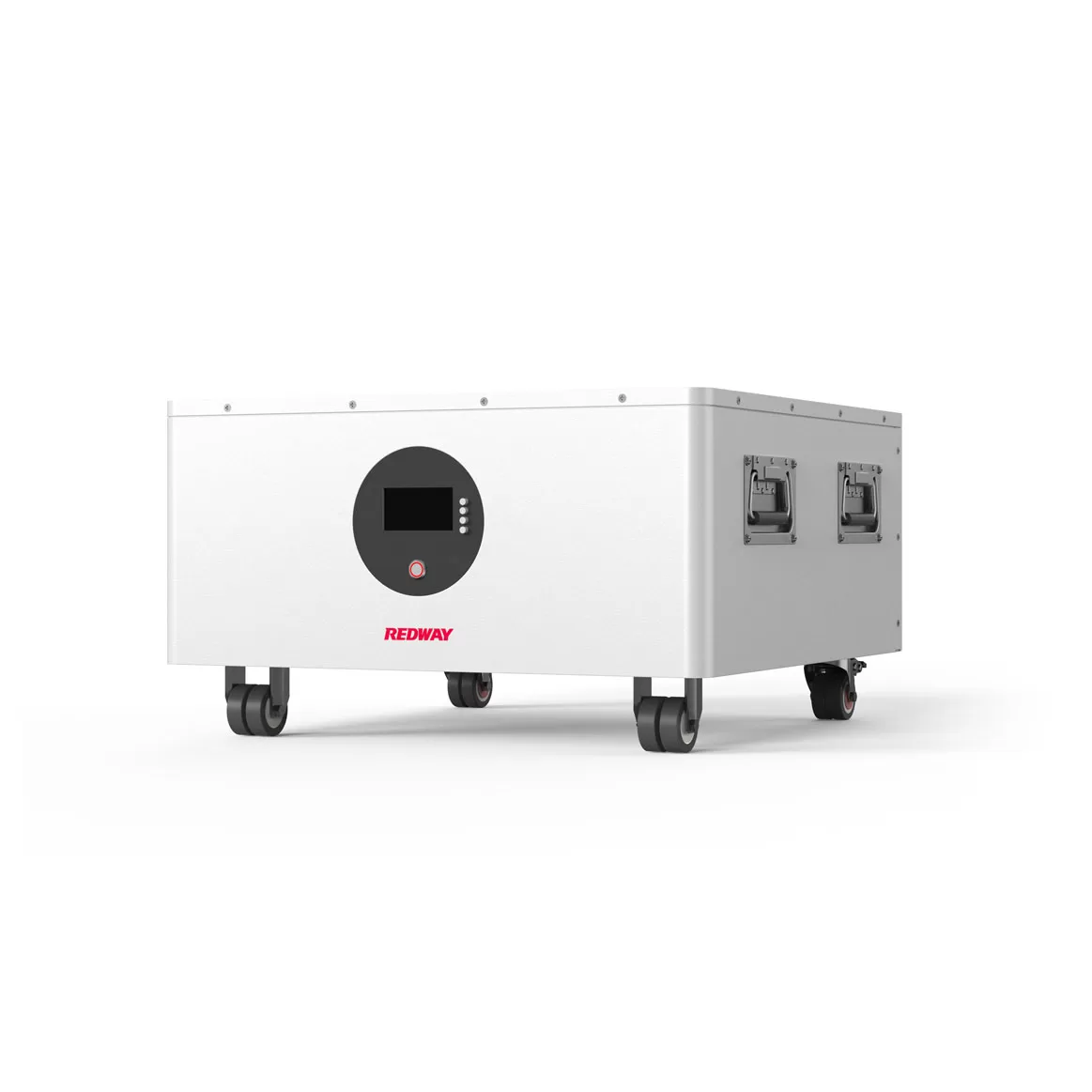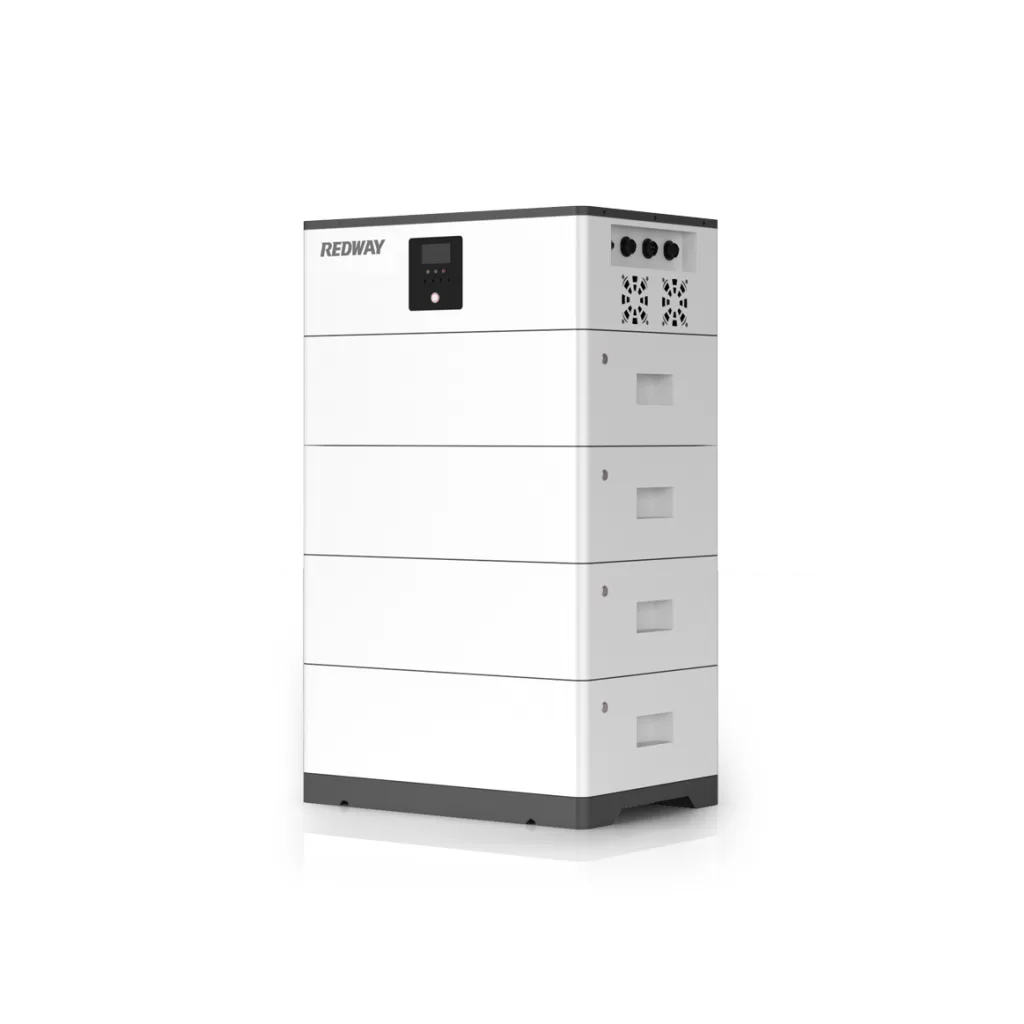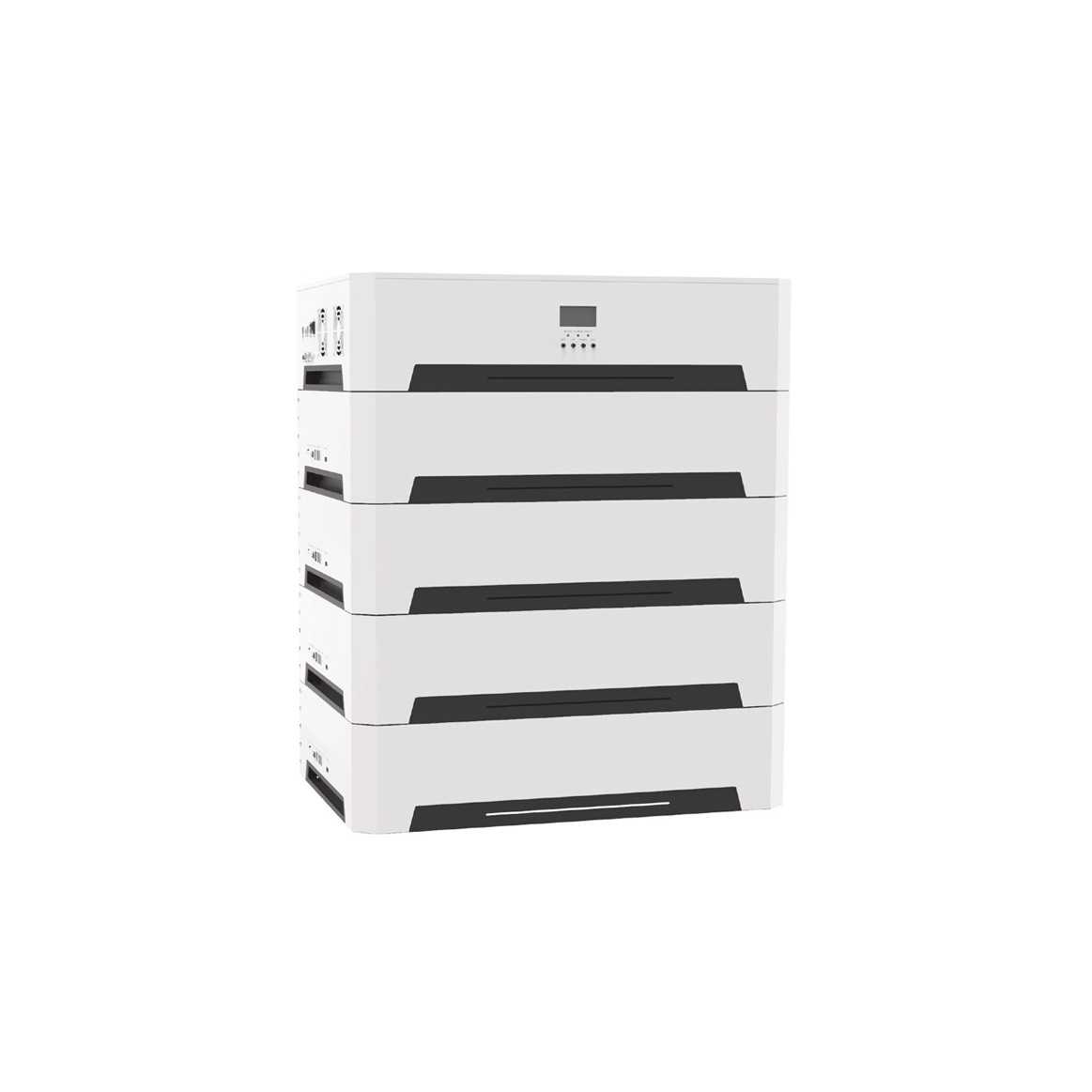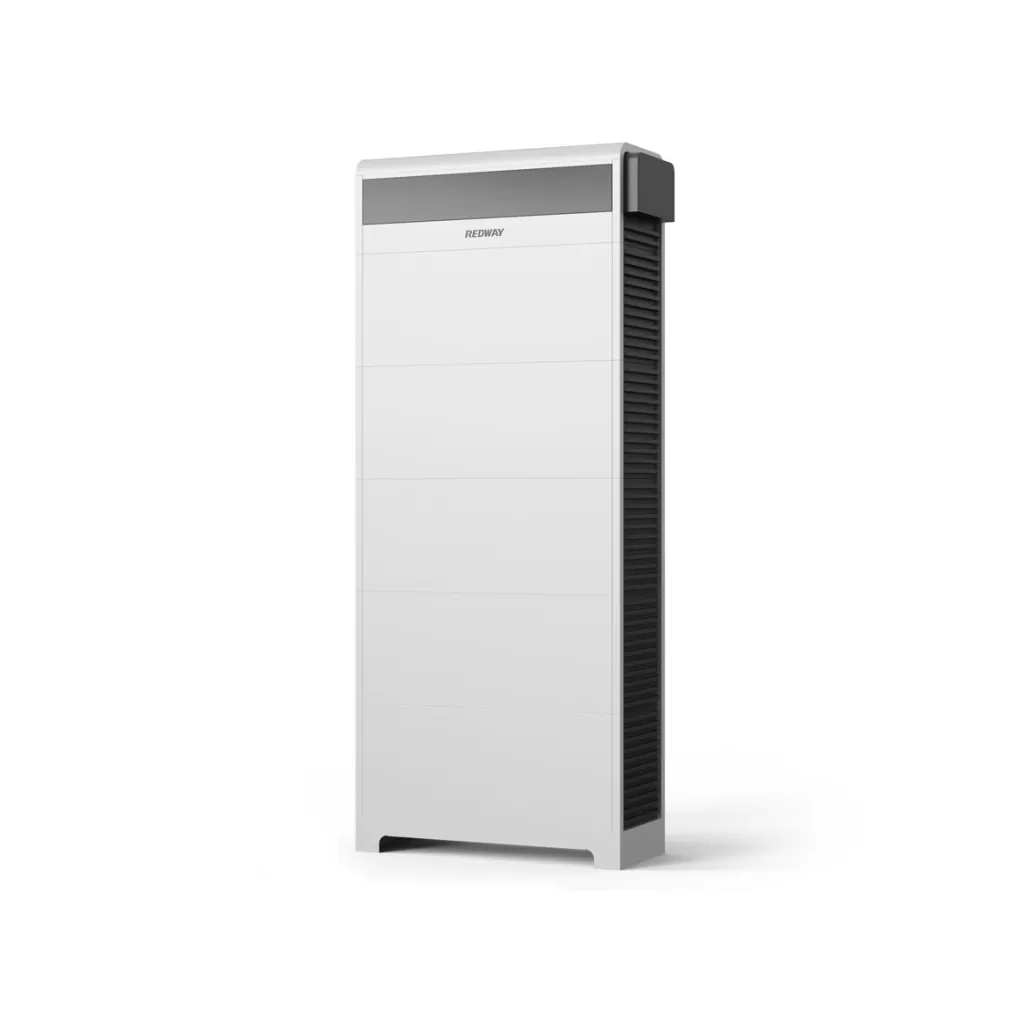هل أنت في السوق للحصول على بطارية جديدة ولكنك غير متأكد من البطارية التي تختارها؟ مع وجود العديد من الخيارات المتاحة ، قد يكون اتخاذ قرار أمرا مربكا. لهذا السبب نحن هنا للمساعدة! في منشور المقارنة الشامل هذا ، سنلقي نظرة على نوعين شائعين من البطاريات: 21700 و 18650. سنستكشف مزاياها ، وكيف يتم صنعها ، وتطبيقاتها النموذجية ، ومن ينتجها. بنهاية هذه المقالة ، سيكون لديك جميع المعلومات التي تحتاجها لتحديد البطارية الأنسب لاحتياجاتك الخاصة. لذلك دعونا نتعمق!
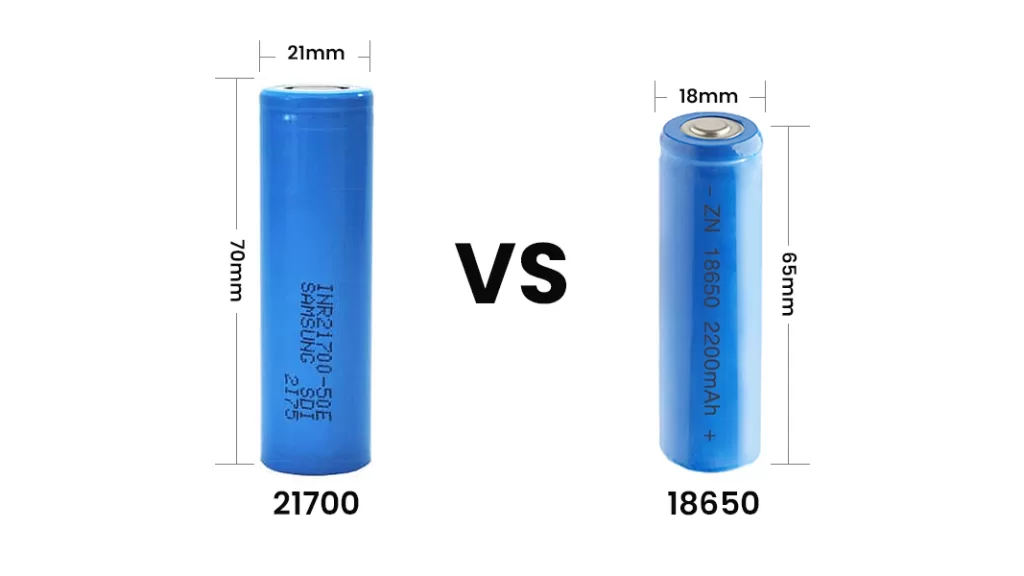
ما هي بطارية 21700؟
Table of Contents
Toggleبطارية 21700 هي بطارية ليثيوم أيون قابلة لإعادة الشحن يبلغ قطرها 21 مم وطولها 70 مم. هذه البطاريات جديدة نسبيا في السوق ، حيث كان تطويرها مدفوعا بالطلب المتزايد على الخلايا ذات السعة العالية.
تشمل مزايا استخدام خلية 21700 زيادة كثافة الطاقة وأوقات تشغيل أطول وتحسين الأداء في ظل الأحمال العالية. هذا يجعلها مثالية للاستخدام في أجهزة مثل السيارات الكهربائية والأدوات الكهربائية وغيرها من التطبيقات عالية التصريف.
لإنشاء خلية 21700 ، يستخدم المصنعون عادة أقطاب أسطوانية مصنوعة من مواد مثل النيكل والكوبالت والمنغنيز (NCM) أو أكسيد الليثيوم والنيكل والمنغنيز والكوبالت (NMC). ثم يتم لف طبقات القطب في شكل jellyroll قبل إدخالها في الغلاف المعدني.
هناك عدة أنواع مختلفة من 21700 خلية متوفرة في السوق اليوم من مختلف الشركات المصنعة. بعض الأمثلة الشائعة تشمل INR21700-50E من سامسونج و MJ1 من LG Chem.
إذا كنت تبحث عن خيار بطارية موثوق وعالي الأداء لجهازك أو سيارتك الإلكترونية ، فقد يكون من المفيد التفكير في خلية 21700 بمزيد من الاستكشاف.
ما هي مزايا 21700 خلية؟
سرعان ما أصبحت بطارية 21700 خيارا شائعا في عالم البطاريات القابلة لإعادة الشحن نظرا لمزاياها العديدة. أولا وقبل كل شيء ، تتمتع خلية 21700 بسعة أكبر من بطارية 18650 ، مما يعني أنها يمكن أن تحتفظ بمزيد من الطاقة وتوفر أوقات تشغيل أطول للأجهزة.
ميزة أخرى للخلية 21700 هي قدراتها العالية على إخراج الطاقة. هذا يجعلها خيارا مثاليا للأجهزة عالية التصريف التي تتطلب دفعات سريعة من الطاقة ، مثل الأدوات الكهربائية أو السيارات الكهربائية.
بالإضافة إلى زيادة سعتها وخرج الطاقة ، تتميز بطارية 21700 أيضا بميزات أمان محسنة مقارنة ببطاريات الليثيوم أيون الأخرى. لديها استقرار حراري أكبر وأقل عرضة للسخونة الزائدة أو الانفجار أثناء الاستخدام.
علاوة على ذلك ، صممت العديد من الشركات المصنعة منتجاتها بالتوافق مع كل من 18650 و 21700 خلية بحيث يمكن تبديلها بسهولة اعتمادا على تفضيلات المستخدم أو مواصفات الجهاز.
مزايا استخدام خلية 21700 تجعلها خيارا مطلوبا للغاية في مختلف الصناعات التي تتراوح من الإلكترونيات الاستهلاكية إلى تطبيقات السيارات.
كيف تصنع 21700 خلية؟
يعد صنع خلية 21700 عملية معقدة تتضمن عدة خطوات. الخطوة الأولى هي تحضير الكاثود ، الذي يتكون من أكسيد كوبالت الليثيوم (LiCoO2) أو مركب آخر مشابه. تخضع هذه المادة لسلسلة من التفاعلات الكيميائية التي تؤدي إلى تكوين جسيمات نانوية.
بعد ذلك ، يتم قطع رقائق الألومنيوم ورقائق النحاس في شكل الأنود والمجمع الحالي على التوالي. ثم يتم طلاء هذه الرقائق بعجينة الجرافيت قبل الضغط عليها على بعضها البعض باستخدام مكبس لفة.
الفاصل ، الذي يمنع الدوائر القصيرة بين الأقطاب الكهربائية ، مصنوع من البولي إيثيلين أو مادة بلاستيكية أخرى مماثلة. هذه المادة مغلفة بمحلول إلكتروليت يحتوي على أملاح ومذيبات الليثيوم مثل كربونات الإيثيلين.
بعد ذلك ، يتم لف الكاثود والأنود معا مع الفاصل لتشكيل هيكل jellyroll. يتم لحام نهايات هذا الهيكل قبل أن يخضع لمزيد من المعالجة ليصبح خلية 21700 منتهية.
يتطلب صنع 21700 خلية اهتماما دقيقا بالتفاصيل في كل خطوة من أجل ضمان بطاريات عالية الجودة تلبي مواصفات الأداء.
كم عدد أنواع 21700 خلية في السوق؟
هناك عدة أنواع من 21700 خلية متوفرة في السوق. كل نوع له ميزاته ومواصفاته الفريدة التي تلبي التطبيقات المختلفة.
أولا ، لدينا 21700 خلية عالية السعة يمكنها تخزين كمية أكبر من الطاقة مقارنة بالمتغيرات الأخرى. تستخدم هذه البطاريات بشكل شائع في السيارات الكهربائية والأدوات الكهربائية وغيرها من الأجهزة عالية التصريف.
ثانيا ، هناك 21700 خلية عالية الطاقة مصممة للتطبيقات التي تتطلب دفعة من الطاقة مثل أجهزة vaping والمصابيح الكهربائية.
ثالثا ، تأتي الخلايا المحمية 21700 مزودة بميزات أمان إضافية لمنع الشحن الزائد أو ارتفاع درجة الحرارة أثناء الاستخدام. هذه البطاريات مثالية للإلكترونيات الاستهلاكية مثل أجهزة الكمبيوتر المحمولة والهواتف الذكية.
لدينا أداء درجات الحرارة المنخفضة 21700 خلية تعمل بشكل جيد حتى في ظل درجات الحرارة شديدة البرودة. تجد هذه البطاريات استخدامها في تكنولوجيا الطيران والمعدات العسكرية.
سيساعدك فهم الأنواع المختلفة لخلايا البطارية 21700 على اتخاذ قرار مستنير عند اختيار واحدة لمتطلبات جهازك أو تطبيقك.
التطبيق النموذجي ل 21700 خلية
أصبحت 21700 خلية شائعة بشكل متزايد بسبب كثافة الطاقة العالية وإنتاج الطاقة. يتم استخدامها بشكل أساسي في التطبيقات التي تتطلب الكثير من الطاقة ، مثل السيارات الكهربائية والطائرات بدون طيار والأدوات الكهربائية.
يهتم مصنعو السيارات الكهربائية بشكل خاص بخلايا 21700 لأنها توفر سعة أعلى من بطاريات الليثيوم أيون التقليدية. وهذا يعني نطاقات قيادة أطول وأوقات شحن أقصر. تستخدم Tesla 21700 خلية منذ عام 2017 لحزم بطاريات Model 3 الخاصة بها.
تستفيد الطائرات بدون طيار أيضا من زيادة سعة هذه البطاريات. تعني أوقات الطيران الأطول مزيدا من الوقت في الهواء للتصوير الفوتوغرافي أو عمليات التفتيش دون الحاجة إلى الهبوط وإعادة الشحن بشكل متكرر.
تتطلب الأدوات الكهربائية مثل المثاقب والمناشير الكثير من الطاقة للعمل بفعالية. يسمح معدل التفريغ المرتفع البالغ 21700 خلية بتشغيل هذه الأدوات بكامل طاقتها لفترات طويلة دون ارتفاع درجة الحرارة أو فقدان الأداء.
يمكن لأي تطبيق يتطلب مصدرا موثوقا للكهرباء عالية السعة الاستفادة من استخدام 21700 خلية. مع استمرار تقدم التكنولوجيا ، يمكننا أن نتوقع استخدامات أكثر ابتكارا لهذه البطاريات القوية في المستقبل.
من ينتج 21700 خلية؟
هناك العديد من الشركات المصنعة ل 21700 خلية في السوق اليوم. واحدة من المنتجين الأكثر شعبية هي تسلا ، التي تستخدم هذه البطاريات في سياراتها الكهربائية وأنظمة تخزين الطاقة. ينتج Gigafactory التابع للشركة عددا كبيرا من 21700 خلية يوميا لتلبية الطلب على منتجاتها.
Samsung SDI هو منتج رئيسي آخر لهذا النوع من البطاريات. توفر خلاياها البالغ عددها 21700 خلية كثافة طاقة عالية ودورة حياة طويلة ، مما يجعلها مثالية للاستخدام في الأدوات الكهربائية والدراجات الإلكترونية والتطبيقات الأخرى التي تتطلب حلولا موثوقة وطويلة الأمد لتخزين الطاقة.
باناسونيك هي أيضا شركة مصنعة معروفة لبطاريات الليثيوم أيون ، بما في ذلك خلية 21700. إنهم ينتجون بطاريات قابلة لإعادة الشحن عالية الجودة تستخدم في صناعات مختلفة مثل الفضاء والسيارات والمعدات الطبية والمزيد.
ومن بين المنتجين البارزين الآخرين LG Chem و A123 Systems و CATL (شركة Amperex Technology Co.، Ltd.) المعاصرة) وغيرها.
مع وجود العديد من الشركات ذات السمعة الطيبة التي تنتج هذه البطاريات القوية بتقنيات متقدمة ؛ من السهل معرفة سبب تزايد شعبيتها بين المستهلكين في مختلف الصناعات.
ما هي بطارية 18650؟
بطارية 18650 هي نوع من بطاريات الليثيوم أيون القابلة لإعادة الشحن. لها شكل أسطواني يبلغ قطرها 18 مم وطولها 65 مم ، ومن هنا جاء اسمها “18650”.
The advantages of using 18650 cells include high energy density, long lifespan, and low self-discharge rate. They are also widely available in the market and compatible with various devices such as flashlights, laptops, power banks, and electric vehicles.
To make an 18650 cell, manufacturers start by assembling positive and negative electrodes along with separator materials into jelly rolls. Then they add electrolyte solution to these rolls before sealing them in cylindrical shells made of metal or plastic.
There are different types of 18650 cells available on the market that vary based on their capacity (measured in mAh) and discharge rate (measured in amps). Some popular brands for producing these cells include Panasonic, Samsung SDI, LG Chem, Sony Energy Devices Corporation among others.
Typical applications for using 18650 batteries include vaping devices like e-cigarettes or mods since they require high amounts of energy and can discharge at higher rates than other types of batteries.
The advantages of 18650 cells?
The 18650 battery is a cylindrical lithium-ion cell that has been in the market for quite some time. Despite being older than its counterpart, the 21700 battery, it still holds several advantages that make it an attractive option for many applications.
One advantage of the 18650 cells is their availability and affordability. Since they have been around longer, they are manufactured in greater quantities which makes them widely available and easier to obtain at a lower cost compared to newer models like the 21700 cells.
Another advantage of these batteries is their compact size. They are small enough to fit into various electronic devices such as laptops, flashlights, vaping devices among others without occupying much space or adding weight.
The high energy density of these batteries means they can store more power per unit volume compared to other types of rechargeable batteries making them ideal for long-lasting applications like electric cars and solar panels.
Furthermore, with advancements in technology over time, modern-day 18650 cells now offer high discharge rates capable of delivering extreme bursts of power when required by heavy-duty equipment and machinery.
Despite being an older model compared to other lithium-ion battery options available today like the 21700s; its affordability combined with its compact size coupled with long-lasting energy capacity make it well-suited for various consumer electronics applications.
How to make 18650 cells?
The process of manufacturing 18650 cells involves several intricate steps that require utmost precision and expertise. It all begins with the preparation of cathode and anode materials, which are then coated on a thin metal foil. The coated foil is then cut into small sections, which are stacked together to form the cell’s electrode assembly.
The electrodes are separated by a microporous membrane, which acts as an electrolyte separator. Once the electrode assembly is complete, it is rolled tightly and inserted into a cylindrical casing made of steel or aluminum.
After this, the casing is filled with an electrolyte solution consisting of lithium salt in organic solvents. The top end of the cell is then sealed using a welder while leaving a tiny opening through which excess gas can escape during normal operation.
Each cell undergoes strict quality checks to ensure its performance meets industry standards before being packaged for sale. This process requires strict adherence to safety protocols due to high risks associated with handling reactive chemicals such as lithium-ion batteries.
How many types of 18650 cells are there?
There are a variety of 18650 cells available on the market, each with their own unique specifications and characteristics. One type is the high drain cell which is designed for devices that require a lot of power in short bursts. This includes vaping mods and flashlights.
Another type is the protected cell which comes equipped with additional safety features such as overcharge protection and short circuit prevention. These types of cells are commonly used in laptops and other portable electronic devices.
There are also flat top and button top 18650 cells available. Flat tops have a completely flat positive terminal while button tops protrude slightly from the battery’s casing. The choice between these two types depends on whether or not your device requires a raised positive terminal to make contact.
Additionally, there are different chemistries of 18650 batteries including lithium ion (Li-ion), nickel-metal hydride (NiMH), and lithium iron phosphate (LiFePO4). Each chemistry has its own advantages depending on application needs such as energy density or durability.
It’s important to do research before purchasing any specific type of 18650 cell to ensure it fits your device’s requirements and will provide optimal performance without posing any safety risks.
The typical application of 18650 cells
18650 cells have become increasingly popular due to their high energy density and compact size. Therefore, they are widely used in various applications such as consumer electronics, power tools, electric vehicles, and renewable energy systems.
In consumer electronics like laptops, smartphones, and tablets, 18650 cells provide long-lasting battery life while maintaining a slim design. They also have a low self-discharge rate which means that devices can stay powered for longer even when not in use.
Power tools like drills and saws require high energy output to function efficiently. Hence the use of 18650 cells provides an excellent solution because of their ability to discharge at high rates without losing capacity quickly.
Electric vehicles rely on batteries for propulsion; therefore, it’s essential to have reliable batteries with sufficient capacity. 18650 cells provide this reliability by having good temperature stability during charging and discharging which prevents overheating or damage to the battery pack.
Solar panels store excess electricity generated during the day into storage systems that supply power during peak hours or at night-time. 18650 cells offer an affordable solution by being easily scalable depending on the amount of stored energy required.
It’s evident that 18650 cells are versatile and suitable for many different applications thanks to their small size yet high-performance capabilities.
Who produce 18650 cells?
The 18650 battery is a popular lithium-ion rechargeable battery that has been around for over two decades. Over the years, many companies have emerged as major producers of this type of cell.
One of the most notable manufacturers is Panasonic Corporation, which produces high-quality and reliable 18650 cells under its Eneloop Pro line. Another prominent player in the market is Samsung SDI Co., Ltd., one of the world’s leading manufacturers of lithium-ion batteries. Its INR18650-25R and INR18650-30Q are among the most widely used variants in various applications.
LG Chem Ltd also produces quality 18650 batteries under its HE2 and HG2 lines. These batteries offer high energy densities, good cycle life, and excellent safety features.
Other notable producers include Sony Energy Devices Corporation, Tesla Inc., Sanyo Electric Co., Ltd (Panasonic), A123 Systems LLC, and BYD Company Limited.
When choosing an 18650 battery supplier or manufacturer, it’s essential to conduct proper research to ensure product reliability and quality.
Which one is better for your application? 21700 or 18650 battery?
After analyzing the advantages, types of cells available in the market, typical applications and manufacturers of both 21700 and 18650 batteries, it is clear that there is no one-size-fits-all answer to which battery is better for your application.
The selection depends on various factors such as energy requirements, size constraints, cost considerations and more. If you require higher capacity or power density with relatively less space constraints then opting for a 21700 cell would be a wise choice. However, if you are looking for an affordable option with smaller form-factor then choosing an 18650 cell would be ideal.
Ultimately it all boils down to your specific needs and priorities when deciding between these two battery options. Therefore before making any decision do proper research about each type of battery and compare them based on different parameters so that you can make an informed decision that meets all your requirements.
Related Posts
- معركة البطاريات: 18650 مقابل 21700 وبدائل أقوى أخرى
- مراقبة الجودة في صناعة OEM/ODM لوحدة بطارية الليثيوم في الصين: الخرافات مقابل الحقائق
- ما الفرق بين بطارية الليثيوم تيتانات وLiFePO4؟
- ما الفرق بين بطارية 26650 وبطارية 18650؟
- ما الفرق بين بطاريات LTO وLiFePO4؟
- كيفية توصيل البطاريات على التوالي مقابل التوازي؟
